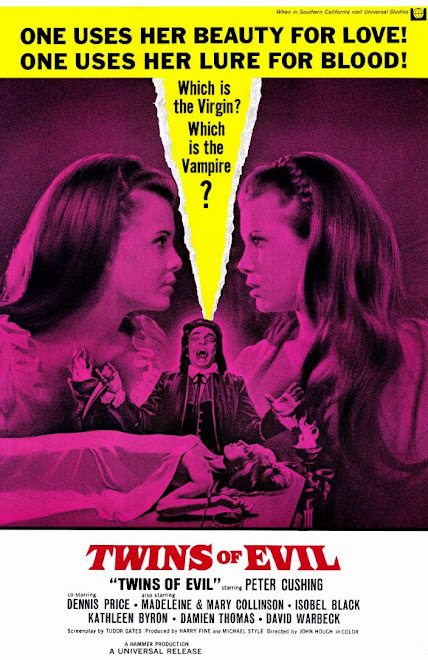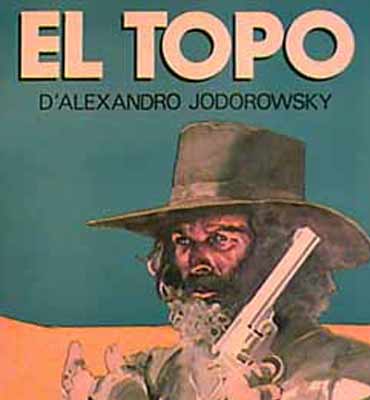Here's a well-made independent film that reminds us that, deep down, beneath tons of psychic scar tissue created when we watched Disney's SNOW WHITE at a young age, many of us still find old, cloaked ladies with crooked noses and hunched backs scary. Not since THE BLAIR WITCH PROJECT has a film indulged those old fears, taking us into a frame of mind created when the Christians of Europe sought to suppress pagan religions by portraying its practitioners as diabolical and evil--with ugly faces to prove it. Full discosure: I liked this movie, and the filmmakers did their homework, including references to Samhain, the Witches' Sabbat that falls on November Eve, as well as MALLEUS MALFICARUM, or THE WITCHES' HAMMER, which offered instructions on how to detect and effectively execute a witch. However, unlike THE BLAIR WITCH PROJECT, WITCHES' NIGHT taps into the fear of female sexuality that the demonization of witches ultimately represents.

With an attractive female cast and eroticized rituals (as well as violence), this is a sexy film, though without the trvialization that we might see in a Misty Mundae production. The very plot begins with male rejection, as the protagonist struggles with the anguish caused by his fiancee leaving him at the altar. To cheer him up, his three friends take him on a camping trip, intending a night of beer drinking, male bonding, and a "women, who needs 'em" mindset to get them through the crisis. Naturally, the four men choose the wrong woods for their camping trip, for a coven of ancient witches has made it the scene of their Halloween Sabbat. Capable of altering their appearance, the witches appear as seductive young women, intended to make the guys forget all about that terrible woman who left their buddy at the altar. Sexual congress with these ladies, however, results in blindness, mutation, and horrible swelling (not the good kind, either).

The film's director, Paul Traynor, effectively combines seductive images with the traditional "hag" archetype associated with witchcraft. At first we get only obscured glimpses of the witches in their true form--scurrying behind trees, glaring at the men from behind branches, adding a degree of unease to the film's overall effect. They come to represent a power beyond the male imagination, attuned to a malevolent form of nature to which the men fall prey. Modern day experts in witchcraft might rightfully remind us that the image of the "hag" represented wisdom in pre-Christian religions, its eventual association with evil a means of a reactionary effort to suppress those religions. While WITCHES' NIGHT does not make an effort to correct this--it wants to scare us after all--it tells its story well, and for an independent film, it comes across as a polished, professional effort. With its Halloween setting and use of classic archetypes, it makes for good holiday viewing.

The film is available for download or on DVD at http://www.witchesnight.com/. Considering the paucity of good horror films at the multiplex, WITCHES' NIGHT is worth the effort to seek it out.













































.jpg)





















